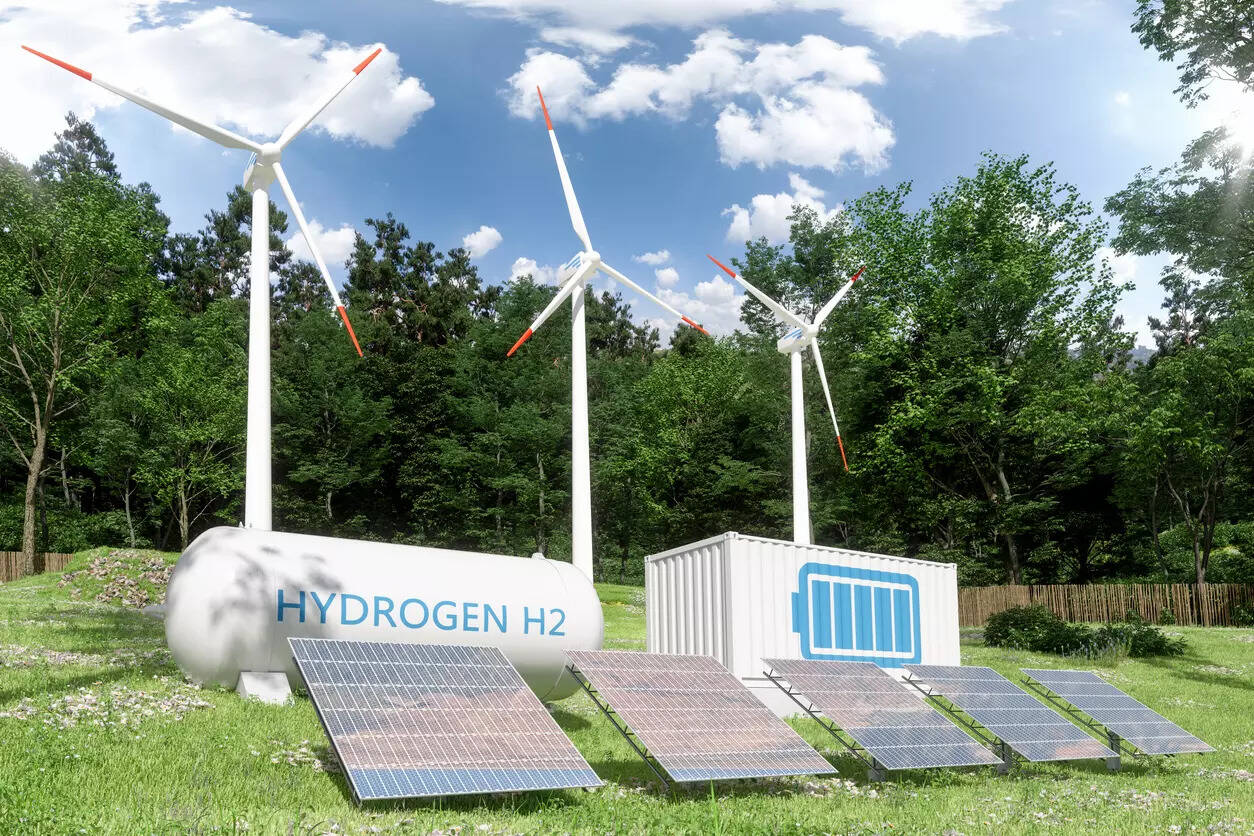
New Delhi: India will produce about 55 million tonnes of green hydrogen in 2050. However, due to a slower demand uptake profile, the country will remain a marginal importer in the coming decade, said the latest report by Deloitte.
According to the report titled ‘Green Hydrogen in energizing the path to net zero’, Europe, China, and India can produce substantial amounts of hydrogen but are also likely to rely on imports throughout the transition.
It said that the interplay between demand and supply for hydrogen is stark in the case of India and is based on the assumption that India will undertake accelerated decarbonisation of its industrial and transportation sectors using hydrogen.
“The modelled scenario is thus far more ambitious than India’s declared target of achieving five million tonnes of green hydrogen production capacity by 2030. In the scenario modelled in this report, India is unable to satisfy its clean hydrogen needs by domestic production alone,” the report said.
It added that to be self-sufficient, India would need to superscale green hydrogen production significantly in addition to meeting its stated ambitions of renewable deployment for the power sector.
On a global scale, the report said that in order to achieve climate neutrality by 2050, the clean hydrogen market capacity can grow to 170 million tonnes in 2030 and to 600 million tonnes in 2050.
“Demand is expected to initially build on the decarbonisation of existing industrial uses of hydrogen, most notably for fertiliser production. The net-zero transition then underpins rapid demand growth, cementing hydrogen’s role as a versatile solution for decarbonisation,” it said.
By 2050, industry and transport, respectively, can account for 42% and 36% of total clean hydrogen demand.
It said that the breakeven point can be reached by 2030 for ammonia, 2035 for gaseous hydrogen, 2045 for methanol, and 2050 for sustainable aviation fuel. Therefore, with time, green hydrogen can stand on its own feet. By 2050, the global hydrogen market can reach maturity as supply capacities massively scale up to meet the demand, underpinned by new end uses in industry and transport.
The report showcases a steady market growth, from USD 642 billion in annual revenue in 2030 to USD 1.4 trillion per year in 2050.

